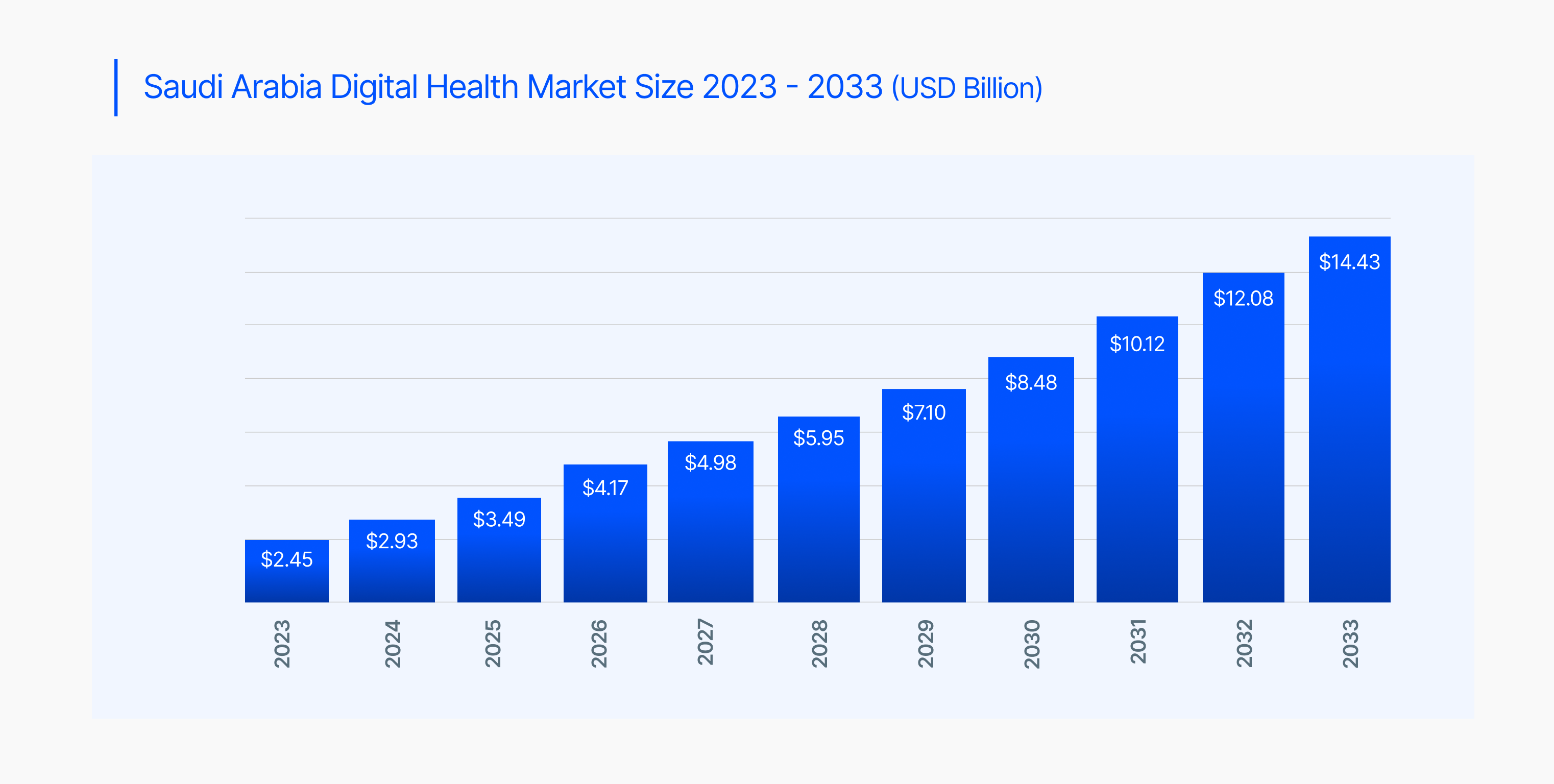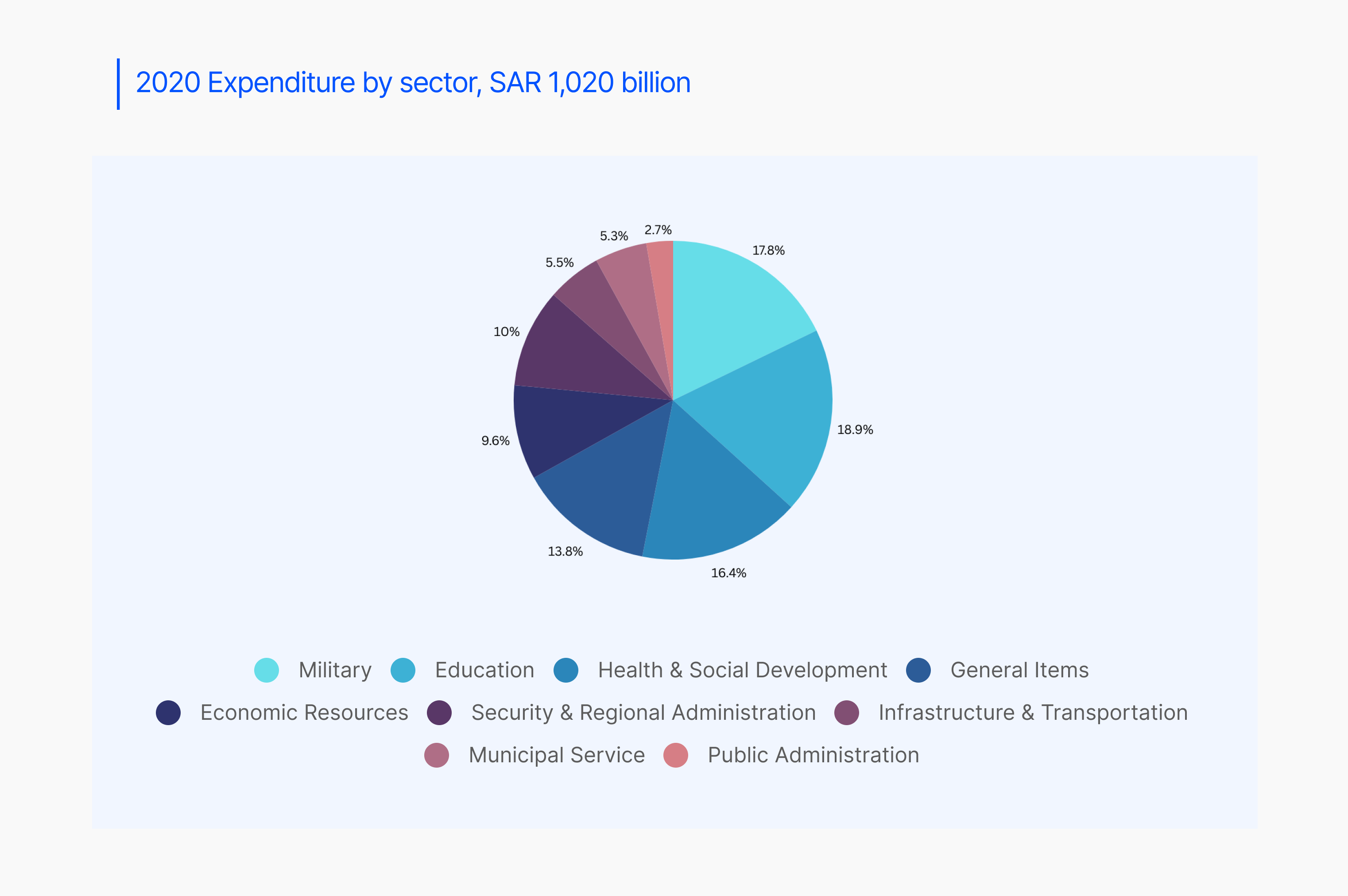Rising Healthcare Costs in Saudi Arabia
Saudi Arabia, a nation known for its fast-paced economic growth and ambitious development plans, including Vision 2030, has also grappled with a major challenge: rising healthcare costs. This surge in expenditure has far-reaching implications for both the government and citizens, which calls for formulating effective strategies to address this issue.
According to The Lancet, “in 2016, as a part of Vision 2030, the ministry of health announced the transformation of the health-care system, including three major objectives (ease access to health services, improve quality and efficiency of health-care services, and promote prevention against health risks) focusing on improving preventive and therapeutic health-care services.”

Factors Contributing to Rising Healthcare Costs
Several factors have contributed to the escalating healthcare costs in Saudi Arabia. One primary driver is the growing prevalence of chronic diseases such as diabetes, heart disease, and cancer. These conditions often require long-term treatment, medications, and specialized care, which can be expensive. In addition, the aging population, coupled with improved life expectancy, has led to a higher demand for healthcare services, particularly among the elderly.
The Kingdom aims to increase Riyadh’s population from the current 7.8 million to 10 million over the next six years. Additionally, the Council of Health Insurance plans to provide coverage for 21.7 million (currently approximately 12 million) people by 2030, which would cover over 50% of the population. As Saudi Arabia works to meet these targets, it will need to add around 20,000 new hospital beds by 2035. This would all require significant investments in infrastructure, medical personnel, and long-term care facilities.
Furthermore, advancements in medical technology and treatments have introduced cutting-edge but often costly options. While these advancements offer improved patient outcomes, they also increase the overall cost of healthcare. The growing trend of medical tourism, where patients from neighboring countries seek treatment in Saudi Arabia, has also contributed to the rise in healthcare expenditure.

The Impact
The escalating healthcare costs have far-reaching implications for both the government and individuals. For the government, it places a considerable strain on the healthcare budget, diverting resources from other essential sectors. This can limit the government's ability to provide comprehensive healthcare services to its citizens.
Individuals also experience a growing burden of rising healthcare costs. Out-of-pocket expenses for medications, treatments, and hospital stays can be a significant financial burden, especially for those without adequate health insurance coverage. This can lead to financial hardship and even prevent individuals from seeking necessary medical care.
Government Initiatives to Address Rising Healthcare Costs
Recognizing the challenges posed by rising healthcare costs, the Saudi Arabian government has implemented various initiatives to address this issue. One key strategy has been to invest in healthcare infrastructure and expand access to healthcare facilities, particularly in rural areas. This has helped reduce the need for patients to travel long distances for medical care.
Also, the government has focused on promoting preventive healthcare measures to decrease the incidence of chronic diseases. This includes initiatives to encourage healthy lifestyles, such as regular exercise, balanced diets, and smoking cessation. The government has also been working to improve the efficiency and effectiveness of the healthcare system. This involves streamlining administrative processes, reducing waste, and promoting the use of technology to enhance healthcare delivery.

The Role of the Private Sector
While the government plays a crucial role in addressing rising healthcare costs, the private sector also has an important contribution to make. Private healthcare providers can help alleviate the burden on the public healthcare system by offering a plethora of services and options to patients, leading to an increased competition and cost reduction.
What’s more, the private sector can invest in research and development to develop innovative healthcare solutions. This can lead to the introduction of new technologies and treatments that can improve patient outcomes while reducing costs.

The Bottom Line
Saudi Arabia's rising healthcare expenses are a serious problem that calls for a multifaceted solution. The government may mitigate the effects of growing expenses and ensure that healthcare is still available to all citizens by making investments in healthcare infrastructure, encouraging preventative healthcare, increasing the effectiveness of the healthcare system, and leveraging the private sector.
Share With